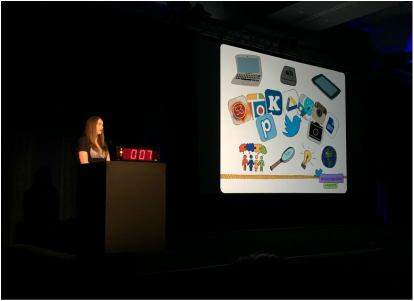 Sharing stories about listening to student voice to 500+ ADEs and Apple Staff
Sharing stories about listening to student voice to 500+ ADEs and Apple Staff When I stumbled upon Twitter chats back in 2013, they were like a breath of fresh air. First, they gave me new information and ways to improve my teaching practice. Next, when I began to put my own tweets out there, they gave me connections and friendships. Finally, they led me to author my own works and thoughts on education, including my blog and YouTube channel, and helped me to gain admission to the UBCMET Masters program.
I am eternally indebted to Twitter chats and the connections I made there. They brought me multiple opportunities to attend conferences, to learn and share my practice, to become a part of incredible educator communities like Apple Distinguished Educators and Google Certified Innovators/Education Trainers. Heck, I even found my future husband on a Twitter chat! (Though that’s not a typical part of the experience, I hear :)
But... yes, you knew there was a but... here it is: I am not getting what I need out of Twitter chats anymore.
I know I’m not the first one to write about my fading love for Twitter. But as someone who has enjoyed so many positives from the service, this bothers me. A lot. Especially as a co-founder and moderator of #bcedchat.
I want to make one thing clear: the mission for #bcedchat has always been to bring educators together. To spark conversation and get people talking to one another across the province. I think that is still happening today, after 2.5 years of existence. We have many BC educators pop in and out of the regularly scheduled Sunday night chats (it’s at 7pm PST for those who don’t know). It’s great to connect with an incredible mod team and educators from all over BC and beyond.
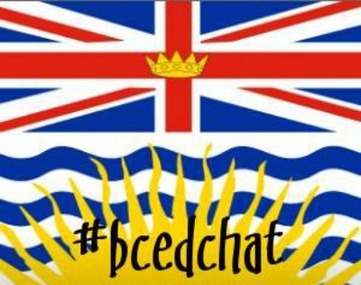 #bcedchat was founded in July of 2013 and brings BC educators on Twitter together every Sunday at 7pm
#bcedchat was founded in July of 2013 and brings BC educators on Twitter together every Sunday at 7pm When I first started chatting, the goal was to just sponge it all up - any and every resource I could get my hands on. I was always learning something new or something that I can take and use in my classroom, sometimes immediately, sometimes as an ongoing project. Now, I’m not really doing that, and I can’t figure out if it’s because I’m more picky about resource quality or that I’m simply focused on very specific issues. Is it that I’ve made some close connections and I turn to those instead of my PLN? Also, being out of the classroom this year hasn’t helped either.
As you have probably figured out by now, I am unsure as how to completely articulate the problem at hand. My consideration of possible solutions is about the same. I think I’m looking for a more actionable and purposeful approach to my current involvement on Twitter. This post is me fighting to find one. I feel the connections that have been forged are far too important to let fade away. I really believe in connecting educators and igniting discussions that push thinking.
So help me, PLN: how can an edchat veteran make edchats more meaningful for their communities? For themselves? Are edchats (still) worth it for you? Why or why not?
Also, thanks to Kat Mulski for the push on putting this post out there after a discussion at our recent #bcedchat moderator brunch.

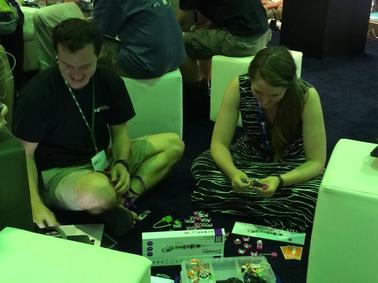





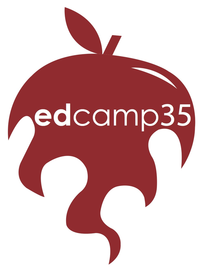
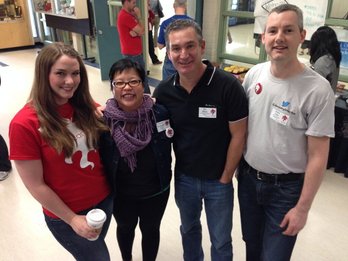
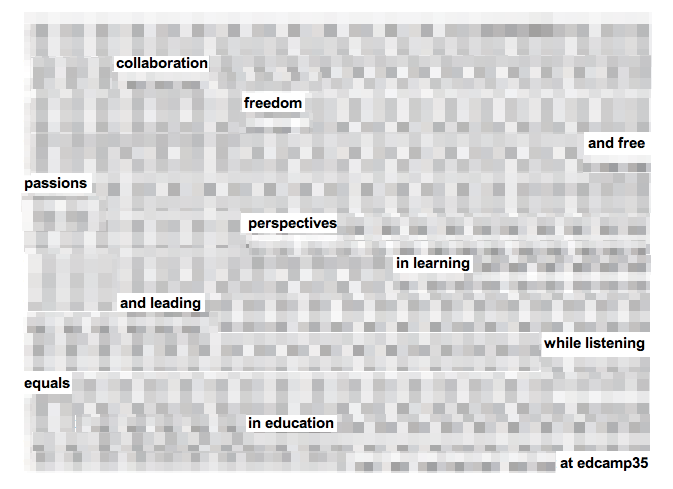
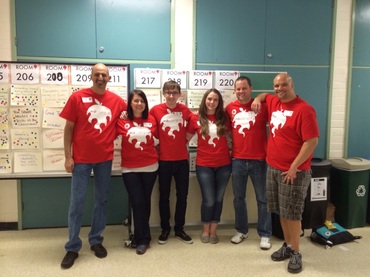



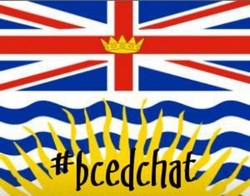










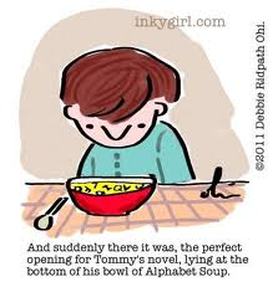
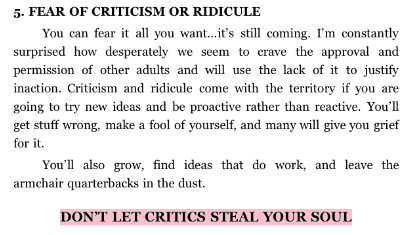


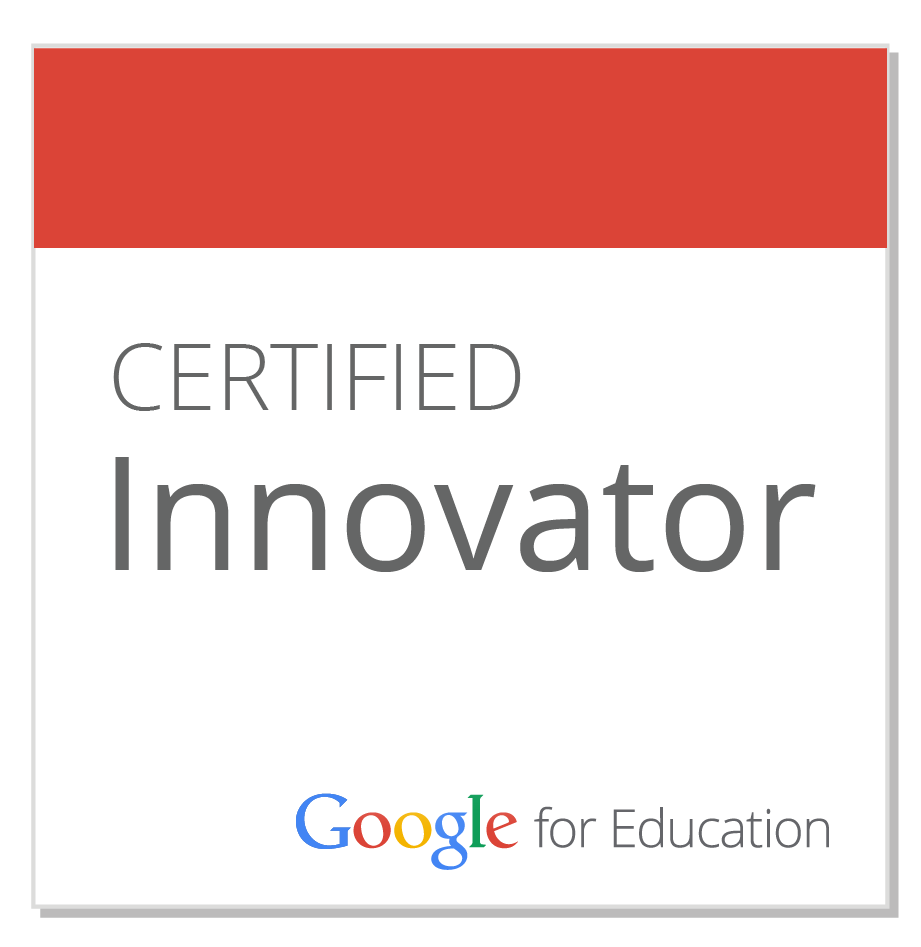
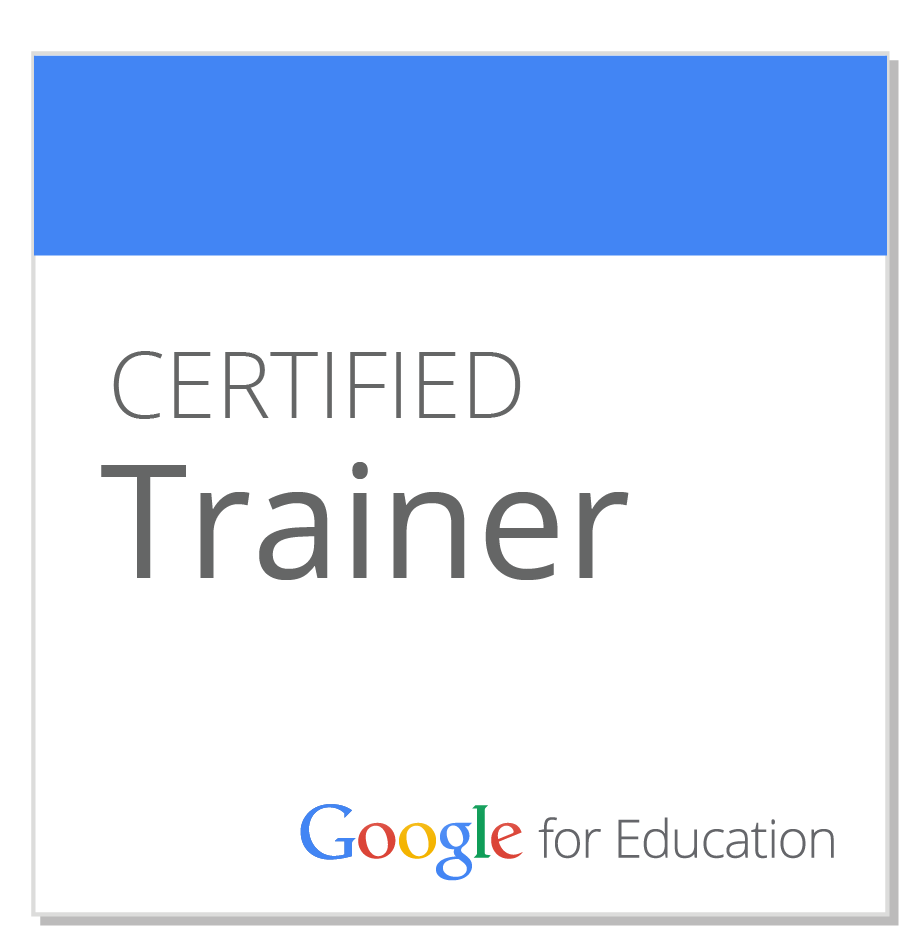
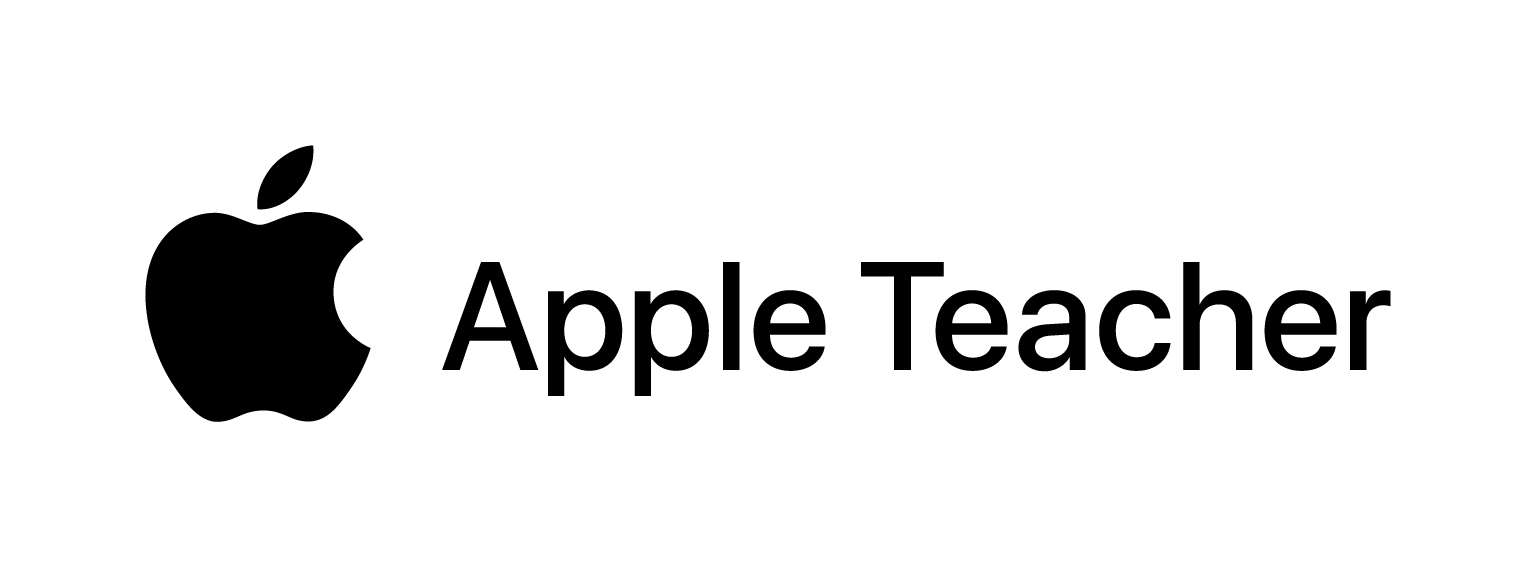
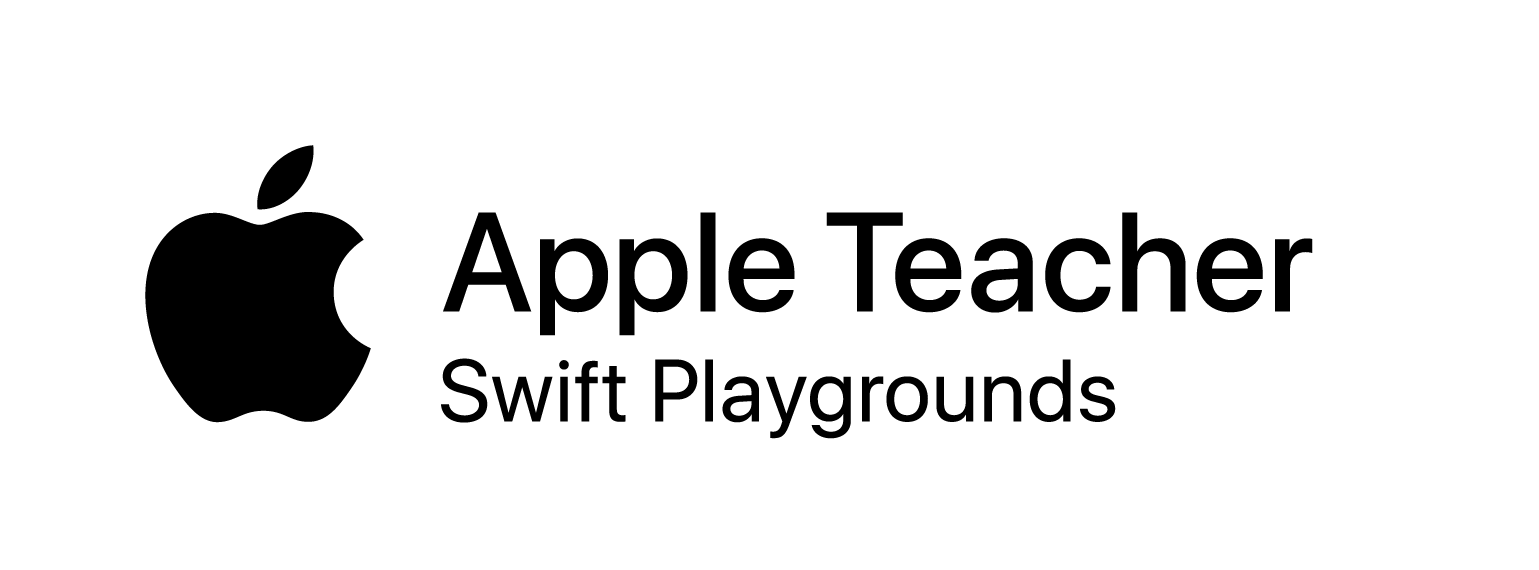


 RSS Feed
RSS Feed
